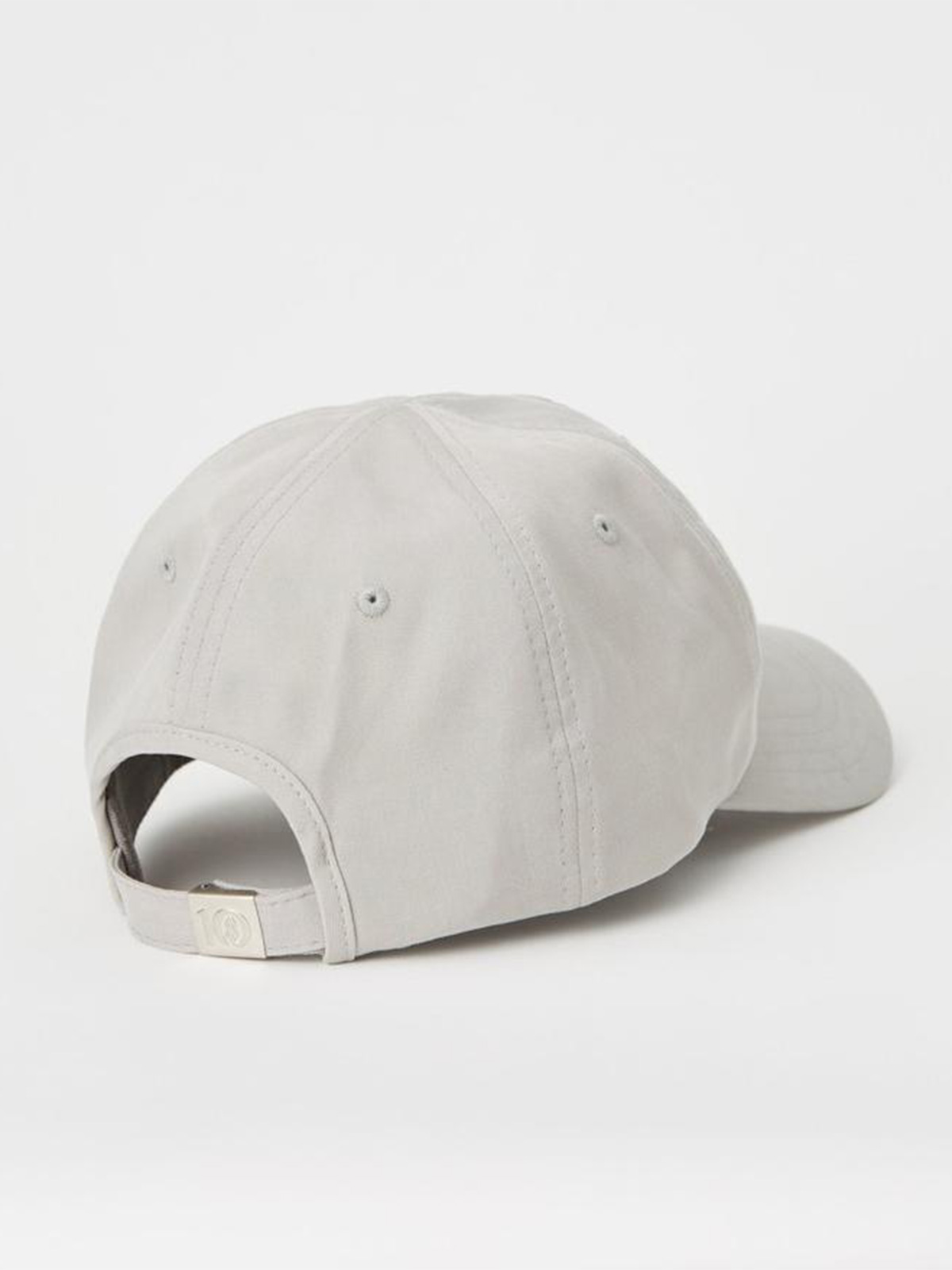The threat of dangerous global warming is becoming more and more tangible as time goes by, and with only 10 years to turn things around it is urgent we collectively find a solution to cut back our emissions of carbon and other greenhouse gases.
Everyone produces carbon emissions. From the individual in their day to day life, through product manufacturers, to the cow peacefully roaming the fields, we all have a significant footprint—and we should all do our part.
The fashion industry is no stranger to this issue. According to the United Nations Framework Convention on Climate Change, it is responsible for around 10% of all global greenhouse gas emissions—more than the aviation and shipping industries combined!
We’ve seen a growing number of companies and individuals (and even entire countries and cities!) talking about becoming “carbon neutral” or “net zero” in an attempt to lessen their carbon footprint. And there’s one solution we’ve been hearing a great deal about, whether it is the only thing companies do to reduce their emissions or is part of a wider sustainability strategy: carbon offsetting.
But what is this seemingly miracle solution? And is it really enough to help save the planet? We investigate below.
What is carbon offsetting?
Carbon offsetting involves investing in one or more environmental projects to balance out greenhouse gas emissions from business or life as normal.
Carbon offset schemes fund projects that aim to reduce future emissions. These projects can take the form of clean energy technologies, such as solar panels, or planting trees to help absorb carbon dioxide emissions from the air.
While we mostly hear about carbon offsetting when talking about reducing carbon emissions from flights (you’ve likely been asked if you want to offset the emissions from a trip when buying a plane ticket?), more and more companies have included carbon offsetting in their sustainability strategies. In fashion, these range from companies whose entire response to climate change is to estimate their emissions and then offset them, to much more robust approaches where offsetting plays a minor role in a broader science-based approach.
The Kering group is an example of the latter – it has announced it offset 2.4m tonnes of carbon dioxide as part of a broader strategy that includes setting science-based emissions reduction targets and a goal to become carbon-neutral in its own operations and across its entire supply chain.
Gabriela Hearst designed a carbon-neutral show (the first ever in the industry) for her Spring 2020 collection, booking models that don’t need to be flown in as well as donating the energy costs to the Hifadhi-Livelihoods Project to help provide efficient cookstoves to families in Kenya, helping cut down their use of woods and the toxic fumes that accompany it.
The case against carbon offsetting
But offsetting carbon emissions is, unfortunately, not all that simple. First, it is very difficult to calculate the exact emissions produced when travelling, purchasing or creating goods, or hosting large scale events.
Next, not all projects funded by carbon offsetting are created equal—they all have pros and cons. Tree planting and forest preservation are particularly problematic: though potentially highly effective in the long run, there have been cases where tree planting schemes claim credit for the positive carbon impact for the full life of the trees only to see them cut down and the land reused within one or two decades. They’ve also been criticised for not being good for the environment, for example, being the cause of soil erosion and compaction. Other projects have been found to negatively affect local communities and/or are hardly effective.
But the main and very real issue with carbon offsetting is that it doesn’t really do much to reduce the emissions produced today, it just kind of… balances them out. Yes, our money might help fund projects to decrease greenhouse gas emissions in the future, but in the meantime, we’re still emitting an enormous amount of carbon, and we’re doing very little to stop that.
Worse still, carbon offsetting may take the place of actions that actually reduce emissions, and end up being harmful. Unless the company actively works to reduce its emissions, the best carbon offsetting can do at this stage is keep emissions at their current level.
Carbon offsetting has also been criticised for being a privilege and allowing the richest of the world (individuals or companies) to clean their conscience. Writer George Monbiot even compared carbon offsets with the old Catholic practice of selling indulgence, where people would receive absolution from their sins in return for financial donations to the Church. While the comparison is a bit harsh, the mechanisms are similar: carbon offsets allow the rich to feel better about their polluting behaviour but don’t require them to actually change their behaviour.
Our guilty consciences appeased, we continue to fill up our SUVs and fly round the world without the least concern about our impact on the planet … it's like pushing the food around on your plate to create the impression that you have eaten it.
George Monbiot
For some companies, carbon offsetting allows them to gain sustainability credentials without changing the way they do business or actually reducing their emissions. In short: it can be used for greenwashing.
Not to mention the fact that carbon offsetting helps shift the responsibility for greenhouse gas emissions from the real producer—the companies—to the individual. It doesn’t really encourage people to change their own behaviour, either.
All in all, the case against carbon offsetting is pretty strong and the practice has attracted a whole lot of criticism. But the idea is enticing, so, should you do it?
Should you do it?
In the end, carbon offsetting may prevent carbon emissions from spiralling out of control by allowing us to buy a teeny tiny bit of time (which is, as we know, running out fast!).
If you want to offset your carbon emissions, whether it’s from flying or from buying clothes, start by calculating your carbon footprint to give you an idea of the areas you can improve.
There are some great tools that allow you to do just that, such as the Footprint Calculator, WWF’s footrpint tool, or, specifically for clothes, thredUP’s fashion footprint calculator.
Next, there are many effective ways you can reduce your emissions before turning to carbon offsetting. In the case of fashion you could:
- Buy from climate-conscious brands
- Purchase ethical fashion that’s locally-made or shipped by sea
- Look for certified organic fabrics
- Buy less, and buy better
- Buy second-hand
- Wash and dry less, and on less intense settings
Outside of fashion, it could also involve eating less meat, flying less frequently, making sure your home appliances are energy-efficient, and changing to a green energy provider. Also consider switching up your bank and superannuation to companies that don’t fund things like the fossil fuel industry, or one better, support and fund the climate movement.
It’s only after reducing your emissions that carbon offsetting will have the most impact, so think of it as a final step.
If you do choose to offset your greenhouse gas emissions:
- Choose to help fund projects that will reduce carbon dioxide in the future. Check the organisations the carbon offsetting scheme is supporting, and choose projects that are truly efficient such as solar plants and wind turbines, or ones that directly improve the lives of local communities
- Be careful about which scheme you choose. Carbon offsetting is big business nowadays and there are many companies who will tell a good story, but the certifications are dodgy. If in doubt, go with ‘Gold Standard‘
There are positives and negatives in everything we do, especially when it comes to finding solutions to save the planet. At Good On You, we strongly believe in the power of transparency and research. All that glitters is not green, so make sure whatever you’re investing your money in will have a positive (or at least neutral) impact in the long run.



















